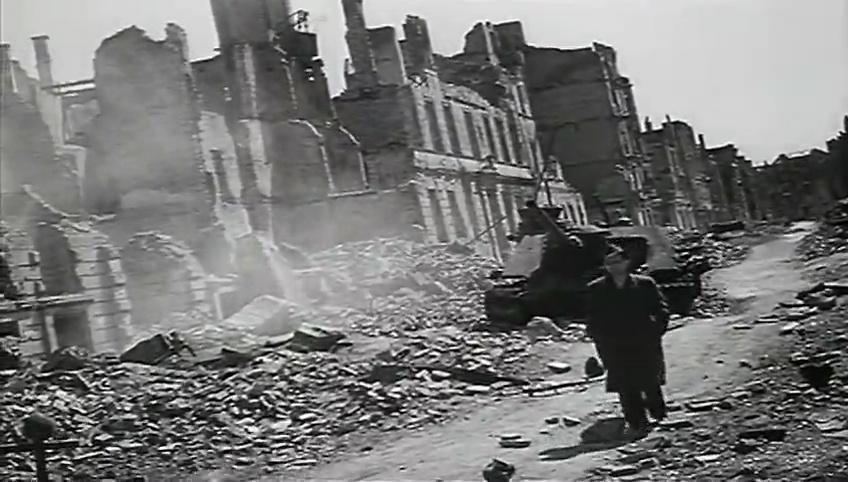
Early in Rome, Open City, a boy tells his priest, Don Pietro, that he doesn’t have time for catechism because of the war. Roberto Rossellini, Rome’s director, essentially spends the rest of the movie countering that assertion.
Rome, Open City is set during the nine-month Nazi occupation of Rome during WWII. It builds slowly, taking time to introduce and build its characters, so that when something happens to them, we feel it.
The two most important characters in the movie are Giorgio Manfredi, a military leader of the National Liberation Committee, a Nazi resistance group, and the priest Don Pietro. Don Pietro is a cinematic rarity, a clergyman with genuine spiritual convictions as well as real concern for the people around him. “It’s my duty to help those in need,” he says. Later, when a Gestapo officer accuses him of being a traitor, he says that he is only “a man who seeks to humbly practice charity.”
In contrast to the naturalism of the film’s first half, the second half of Rome, Open City takes on profound spiritual overtones, touching on themes on charity, sacrifice, and the death of the body versus the death of the soul. A number of lines even echo scenes from the Passion story.
A key scene late in the film finds a German soldier questioning the primacy of the “master race,” but it is not the military power of the opposition that so unnerves him. It is their conviction and willingness to suffer and be tortured in service to a greater cause. — Tyler Petty, (2010, from his blog Faces Unveiled)
Arts & Faith Lists: